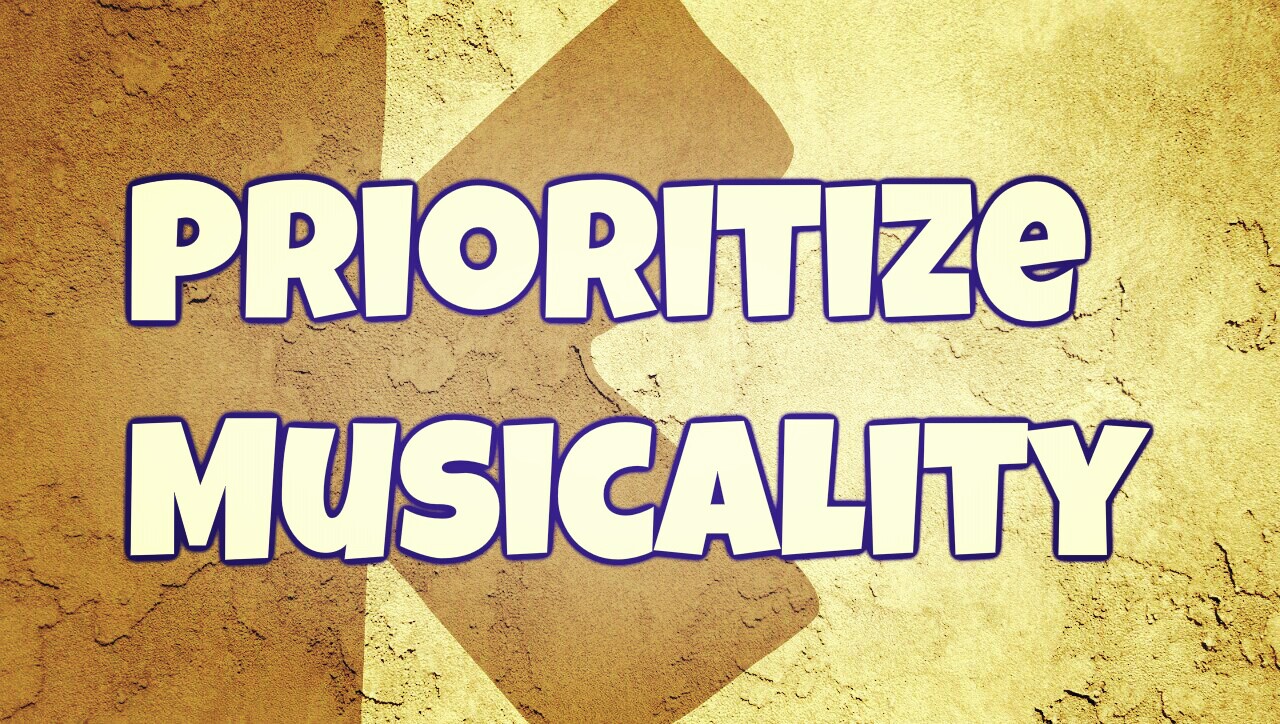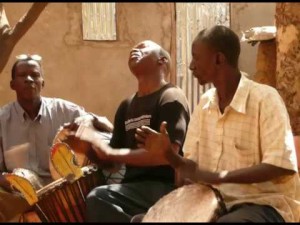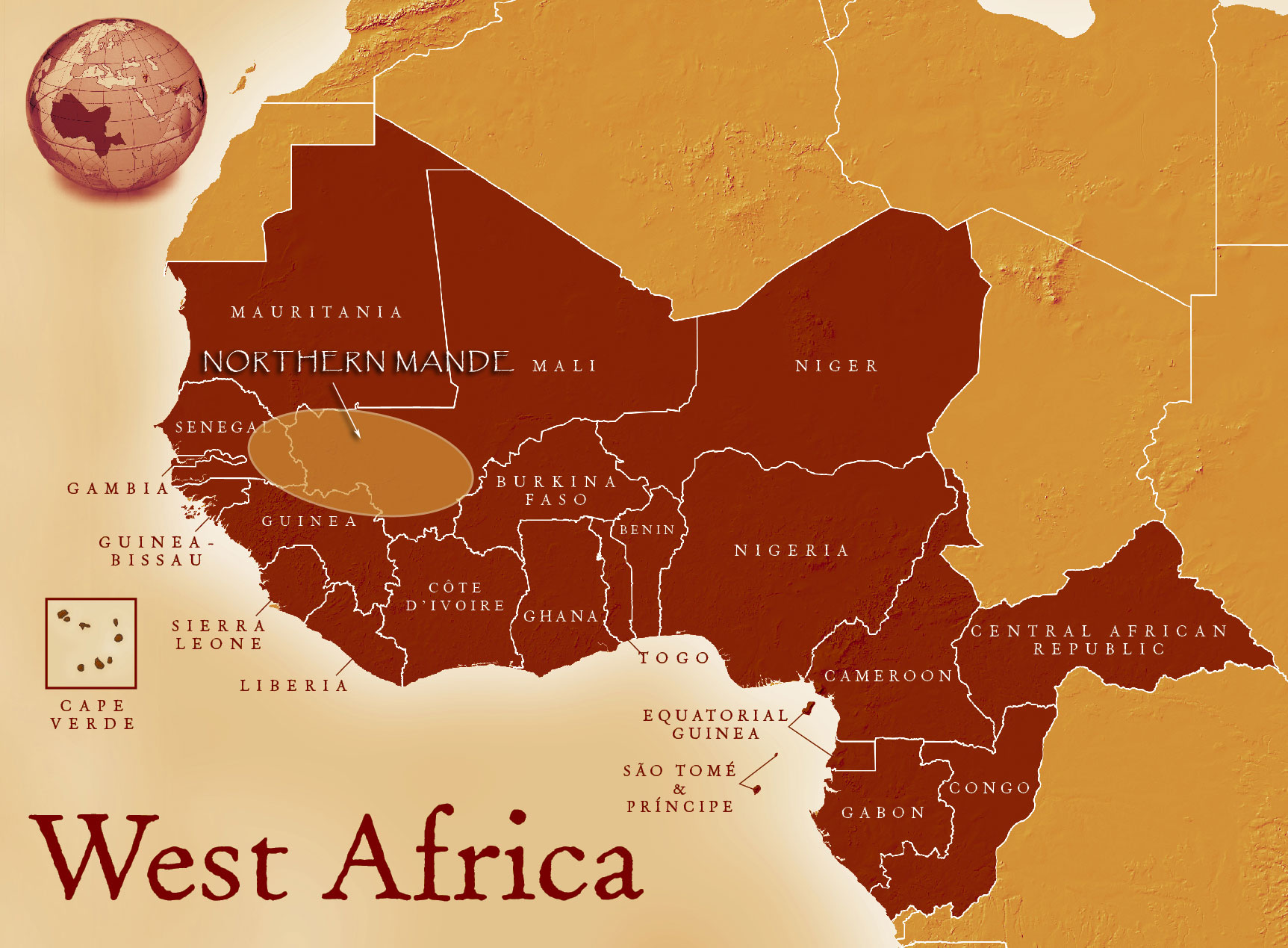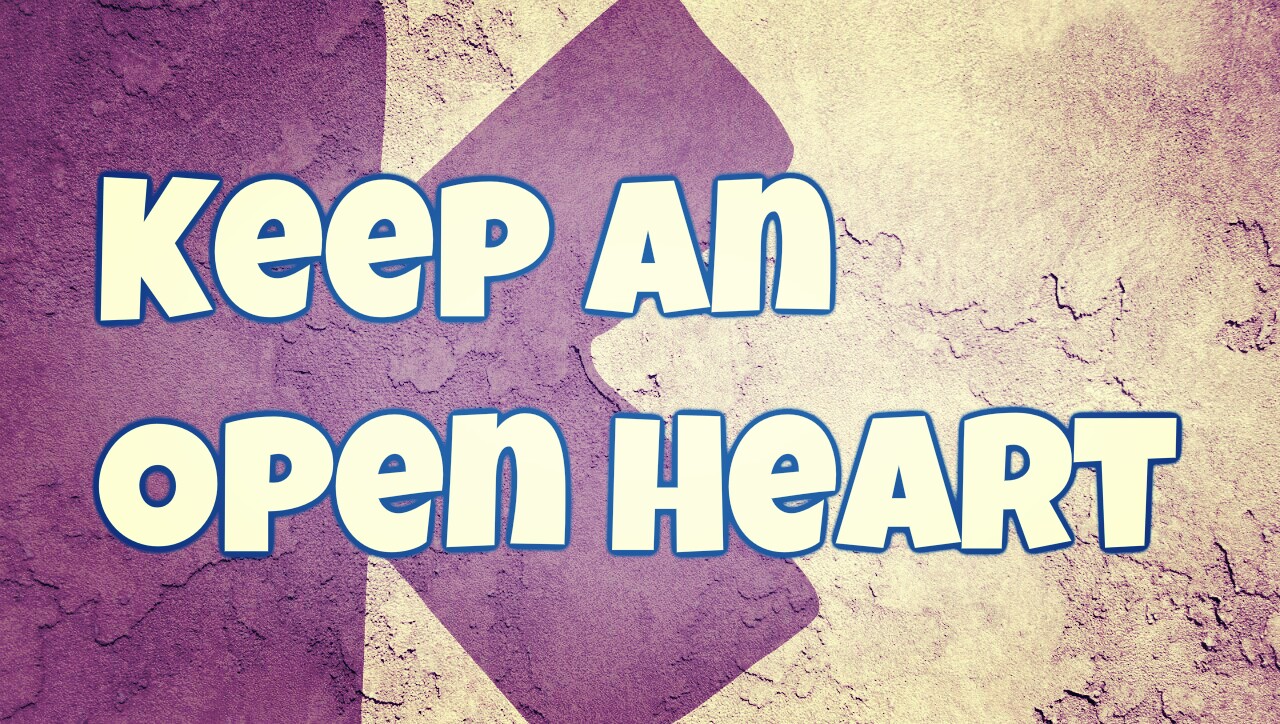
Pillar #2: Prioritize Musicality
Good-feeling music before technical tricks and showmanship is the second of “The Endangered Three” – a group of three qualities that, when combined, embody Roots Djembe. And unfortunately, it’s becoming rare to find them all together in modern djembe music.

Playing musically is mostly a mindset. It has to do with our priorities.
Technical ability is great. But when it becomes a player’s priority over musicality, that’s when, for many of us, the music stops being good. In Roots style, melody, “funk,” “soul” and “groove” take first priority.
Quality Over Quantity
It’s easy to build lot’s of energy in djembe music… Too easy! All one has to do is the following:
- Increase playing volume
- Increase playing speed
- Or increase both volume and speed.
The problem is that to increase the amount of energy by playing fast and loud requires no musical talent or sensibility! Even the technical ability needed is minimal. And it doesn’t necessarily take in to account the quality of energy, or musicality of what’s being played. So “fast and loud” becomes an easy go-to method for immature musicians looking for an energy fix – whatever the quality.
In roots djembe music, by combining many subtle techniques together – not just volume and speed – we give special attention to the quality of energy. Simply building a large quantity of energy isn’t the priority.
- Playing classic sounding instruments. Deep, warm sounding djembes add to the good feeling of the music.
- Giving attention to melody while we play also has a big effect.
- Using micro-timing makes a big difference in the feeling of the music. You know it’s right when everything “clicks” and energy builds without the need to increase volume or tempo, necessarily.
- Leaving space is important. When the music “breaths”, it literally becomes an interactive experience for listeners and dancers.
- Increasing and decreasing the tempo is a great way to play with musical tension. It’s part of the musical dance. The ebb and flow creates a connection between everyone involved.
- Using volume dynamics is a powerful technique, indeed. Here’s an example: Have you ever noticed how masters drummers will decrease the volume right before an echauffment? This makes the echauffment much more powerful, and it feels so good! DJs talk about this, too. You don’t always need to have the volume dial set to “10”. What happens when you want to turn it up?
Melody isn’t reserved for the dunduns alone. Both djembe solo and accompaniment are played with the intention to create djembe melody. Knowing what spaces to fill and which spaces to leave empty is a challenge.




